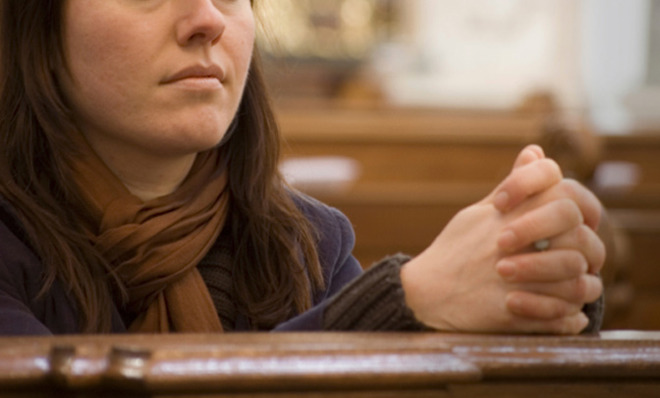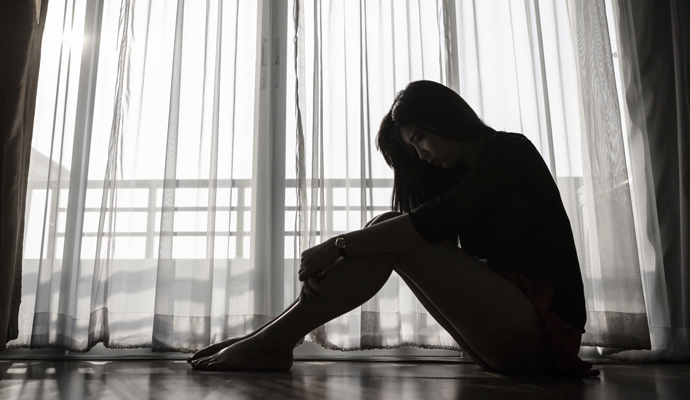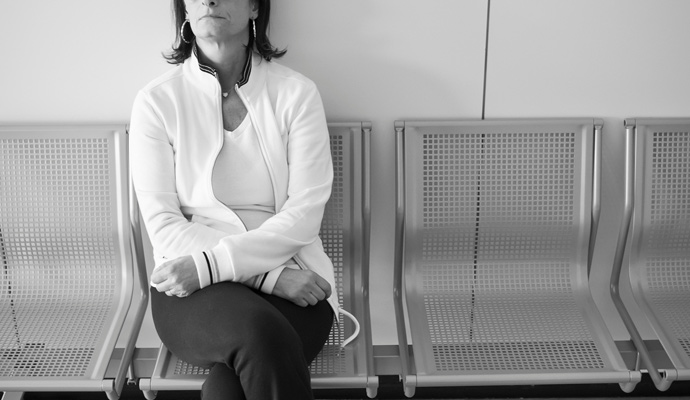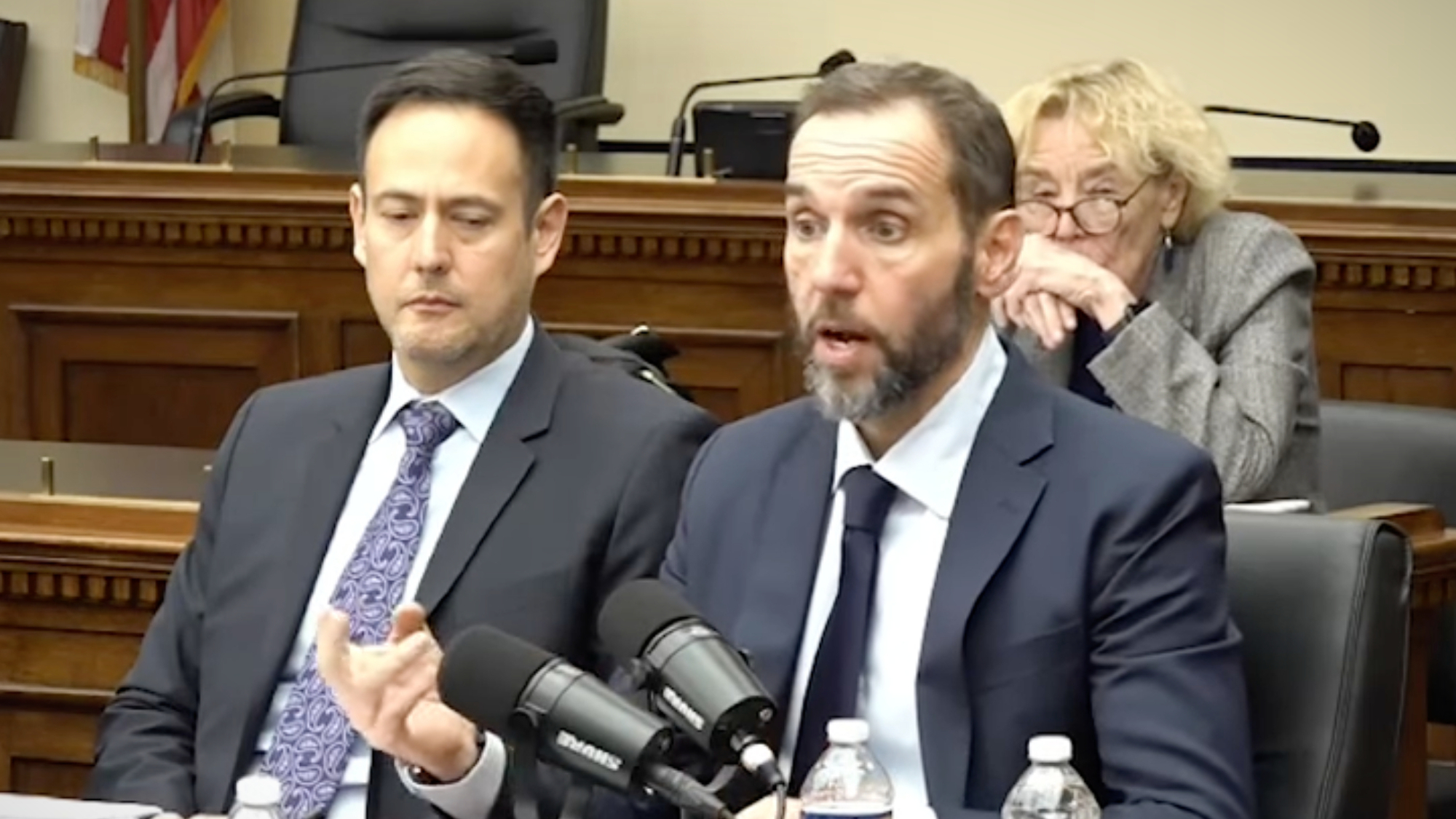Confessions of a suicide survivor
This does not mean I unsuccessfully attempted suicide. The term actually refers to a family member or friend who has lost a loved one to suicide.


I was the newcomer to the group, along with Elizabeth. I guessed she was in her late forties, but sorrow has a way of making age indeterminable. Elizabeth had just lost her son, Charlie, that month. She found Charlie after he hanged himself in her garage. (All names used in this story have been changed to protect subjects' privacy.) Before the meeting, we were both escorted into a side room off the hall, away from the group. A counselor explained to us how the system worked, and asked about our loved ones and ourselves. Elizabeth had a hard time speaking through her tears. We were given name tags and ushered into the group. Everything I had anticipated and concocted in my mind about what was next to come turned out to be wrong.
I have known five people who have committed suicide. The first was a college friend who hanged herself when we were both in our early twenties. She was the ultimate overachiever, never satisfied with her performance. In my thirties, my boyfriend's brother jumped off a bridge, and I lost a roommate and a friend from the music scene to overdoses of heroin and pills. Those of us who knew both of them understood that these overdoses weren't accidental. Then there was Karen.
Five cannot be a normal number; but then there is nothing normal about suicide. Our natural instinct as humans is to survive. Thrown into water, we will fight to keep from drowning until the last breath. To kill ourselves is to go against every natural instinct we are born with; to commit suicide, one must be broken on the inside. One of the counselors that night shared this insight with me and it resonated.
The Week
Escape your echo chamber. Get the facts behind the news, plus analysis from multiple perspectives.

Sign up for The Week's Free Newsletters
From our morning news briefing to a weekly Good News Newsletter, get the best of The Week delivered directly to your inbox.
From our morning news briefing to a weekly Good News Newsletter, get the best of The Week delivered directly to your inbox.
(More from Narratively: Tobhi and Dan's imperfect proposal)
It has been ten years since my best friend, Karen, shot herself. She was seven months pregnant, and killed both herself and her unborn child with her husband's gun. It was a gruesome end to a beautiful person. At group, survivors learn that saying out loud how your loved ones killed themselves is an important step in the grieving process. I am a suicide survivor. Mistakenly, many think the term refers to people who have unsuccessfully attempted suicide. The term actually refers to a family member or friend who has lost a loved one to suicide. According to the Centers for Disease Control and Prevention, 38,364 people committed suicide in the United States in 2010 (the most recent statistic available) — a figure greater than the number of people in the U.S. who died in car crashes that year. It is generally estimated that every suicide leaves behind six suicide survivors. The New York State Office of Mental Health says this may be a low estimate, and quotes numbers closer to 28 suicide survivors per suicide victim. When those numbers are compounded, "since, on average, 1,200 New Yorkers die by suicide each year, the latter estimate means approximately 60,000 people qualify as suicide survivors each and every year. This is equivalent to the population of the city of Utica."

I'd read about twelve-step programs, known people who have attended them, and seen them portrayed in films and on TV. I tried to draw parallels in my mind on the train ride that evening, but it got me nowhere. I anticipated my first Suicide Survivor Support Group might go something like this:
Step One: Try to gain insight into why people I knew and loved took their own lives.
A free daily email with the biggest news stories of the day – and the best features from TheWeek.com
Step Two: Share my feelings of guilt over not being able to stop them.
Step Three: Listen to others' heart-wrenching stories.
Step Four: Cry.
Steps Five through Twelve: Repeat steps one through four.
After ten years of the same questions running on a loop in my head, and sorrow following me around like a needy cat, I didn't really factor "healing" into the support group process.
I have survived Karen's suicide by telling myself that my friend — my beautiful, gentle friend, a mother with a wonderful teenage son who worked with children all her life — did not do that to herself. My kind, loving friend did not kill her unborn child, did not take her own life in this brutal way. She would never willingly leave her son without a mother. Someone, something else, performed that horrible act. But the truth is, Karen did do it. She suffered from a mental illness that developed in her thirties. She had it under control while medicated, but went off her medicine during her pregnancy.
(More from Narratively: A legacy of survival)
For suicide survivors, after the initial shock of learning of the death, the "whys" begin — terrible, unending "whys" that we play over and over in our head. The first being, "Why did she do it?" Only a third of those who commit suicide leave notes. Even then, nothing written on a piece of paper or in an email can truly answer that question, because suicide is nonsensical. No "reason" makes sense because all of us left behind know there were alternatives — why did she not see them? Another why.
Next why: "Why did I not see this coming?" Suicide survivors often tell stories of having a perfectly ordinary conversation with their loved one only an hour before they commit suicide. Often plans are even discussed for the next day, week or even that night. One son had just put a deposit down on a month-long writing program only that week.
Everything about that last conversation is normal. Sometimes after the suicide, survivors find evidence that the act had been planned for months or longer. One mother pondered whether it had been a recent change in medication that had triggered the suicide until she realized her son had ordered the helium tank a year earlier. No signs had been apparent. Not a hint.
The "whys" then get more specific and often turn to blame. In my case, the first "why" I asked: "Why was there a gun in the house, given her history?" Followed rapidly by, "Why weren't doctors more aware of the danger of her mental state?" "Why didn't her husband see warning signs?" And of course, the "why" question that is most haunting for all suicide survivors, many for the rest of their life: "Why wasn't I able to stop it?"

The moment Peter picked me up at the train station, I erected barriers to protect myself. Incessant chatter filled up time. While Rebecca and Peter packed up cookies and tissues at their home to bring to the support group, I became a rock. I knew, if I opened myself up even a crack, I might crumble. I was not a person keen on "crumbling" in front of a room full of strangers. Deep inside, I was only kidding myself. I desperately wanted the group to magically make me spend more time remembering Karen for her life and our friendship, and allow me to stop dwelling on the way she ended her life. Ten years felt like way too long to still feel so raw inside.
(More from Narratively: The shaman of Passaic)
The expression "time heals everything" does not often apply to suicide survivors. The bereavement process is complicated not only by the natural feelings of grief and loss, but by the guilt and the stigma associated with suicide. There is also this: the person you are most angry with for taking your loved one away is your loved one. They are, in a strange way, the only one to blame. This incongruent despair mixes with destructive self-blame and blame directed at anyone we feel responsible — for not seeing the signs, not being home at the time, not making sure our loved one took their medication, not keeping medication locked up. There are as many ways to blame as there are ways to commit suicide. It's daunting. I blamed Karen's husband, I blamed her doctors, and of course, I blamed myself.
On the drive over, Rebecca and Peter told me that most people attending the group will have lost a child or spouse. They explained there were approximately sixty members in the group, but attendance varies greatly from month to month, and they never know who or how many will show up. Some members had been attending for years, but Rebecca and Peter warned that for others it would be their first time, and they would be dealing with a very recent suicide. From the car, Rebecca returned a phone call to a parent who recently lost a child. While she was on the phone, Peter explained why they like to return calls promptly. There is no stronger sign of a dysfunctional group than an unreturned phone call or full answering system, unable to receive a survivor's voicemail. I was struck by the thought that there could be so many survivors seeking support that group message systems across the country were filled to capacity. Rebecca hanged up and told us that this particular survivor wouldn't be attending tonight's session after all. She wasn't ready; she still hadn't shared with anyone how her child had died. Her shame was too great.
Read the rest of this story at Narratively.
Narratively is an online magazine devoted to original, in-depth and untold stories. Each week, Narratively explores a different theme and publishes just one story a day. It was one of TIME's 50 Best Websites of 2013.


